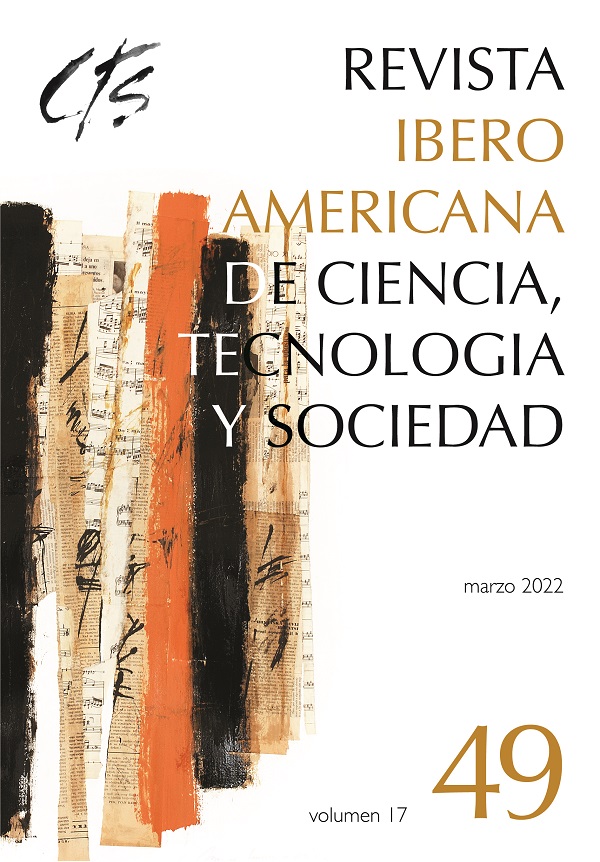The Impact of the COVID-19 Pandemic on Children
Keywords:
childhood, violence, genre, COVID-19Abstract
This article analyzes the relationship between childhood, gender and violence during the COVID-19 pandemic in Brazilian territory. Taking into account the different childhoods, we propose that not all children experienced the same protection mechanisms as adults did during this period of potential isolation in their family environments. This article is part of a doctoral research developed within the Interdisciplinary Graduate Program in Community Development at the State University of the Midwest (PPGDC-UNICENTRO). It carries out an analysis of the information presented in the media on the problem of violence against children in times of pandemic, as well as of data retrieved from the Guardianship Council of the municipality of Guarapuava, State of Paraná, Brazil, and seeks to observe whether the confinement context produced an increase in aggression statistics. It is concluded that, although this issue was made invisible by the media, the social isolation of children increased the risk of violence.Downloads
References
Ariès, P. (1978). Historia social de la infancia y la familia. Río de Janeiro: LCT.
Brasil (1988). Constituição da República Federativa do Brasil. Brasília: Centro Gráfico.
Brasil (1990). Estatuto da Criança e do Adolescente.
Brasil (2018). Lei no 8.069, de 13 de julho de 1990. Dispõe sobre o Estatuto da Criança e do Adolescente e dá outras providências. Diário Oficial [da] República Federativa do Brasil, Brasília, DF, 16 jul. 1990. Disponível em: http://www.planalto.gov.br/ccivil_03/LEIS/L8069.htm#art266.
Brasil (2020). Ministério da Saúde. Brasília.
Brasil (2021). Violência intrafamiliar: orientações para prática em serviço. Brasília: Ministério da Saúde.
Felipe, J. (2012). Relações de gênero: construindo feminilidades e masculinidades na cultura. Em C. Xabier Filha (Org.), Sexualidades, gênero e diferenças na educação das infâncias (217-226). Campo Grande: Ed. UFMS.
Lowenkron, L. (2015). O monstro contemporâneo: a construção social da pedofilia em múltiplos planos (1-8). Rio de Janeiro: Ed UERJ.
Melo, B., Lima, C., Moraes, C., Andrade, C. y Pereira, D. (2020). Salud mental y atención psicosocial en la pandemia COVID-19: violencia doméstica y familiar en COVID-19. Río de Janeiro: FIOCRUZ.
Minayo, M. (1994). A violência social sob a perspectiva da saúde pública. Caderno de Saúde Pública, 10(1), 07-18.
Ministério dos direitos humanos (2018). Secretaria Nacional de Proteção dos Direitos da Criança e Adolescente. Disponível em: http://www.mdh.gov.br/biblioteca /consultorias/conada/educacao-sem-violencia-um-direito.
Normandes, M., Brito, L., Da Silva, D. y Oliveira, M. (2020). Implicações da Covi-19 sobre o acréscimo na incidência dos casos de violência infantil. Curitiba: Universidade Federal do Paraná.
Scott, J. (1991). Gênero: uma categoria útil para análise histórica. Recife: SOS Corpo.
Spaziani, R. y Vianna, C. (2020). Violência sexual contra crianças: a categoria de gênero nos estudos da educação. Revista Educação Unisinos, 24.
UNICEF (2020). Escritório da Representação do UNICEF no Brasil. Brasília: UNICEF.
Downloads
Published
How to Cite
Issue
Section
License
All CTS's issues and academic articles are under a CC-BY license.
Since 2007, CTS has provided open and free access to all its contents, including the complete archive of its quarterly edition and the different products presented in its electronic platform. This decision is based on the belief that offering free access to published materials helps to build a greater and better exchange of knowledge.
In turn, for the quarterly edition, CTS allows institutional and thematic repositories, as well as personal web pages, to self-archive articles in their post-print or editorial version, immediately after the publication of the final version of each issue and under the condition that a link to the original source will be incorporated into the self-archive.











